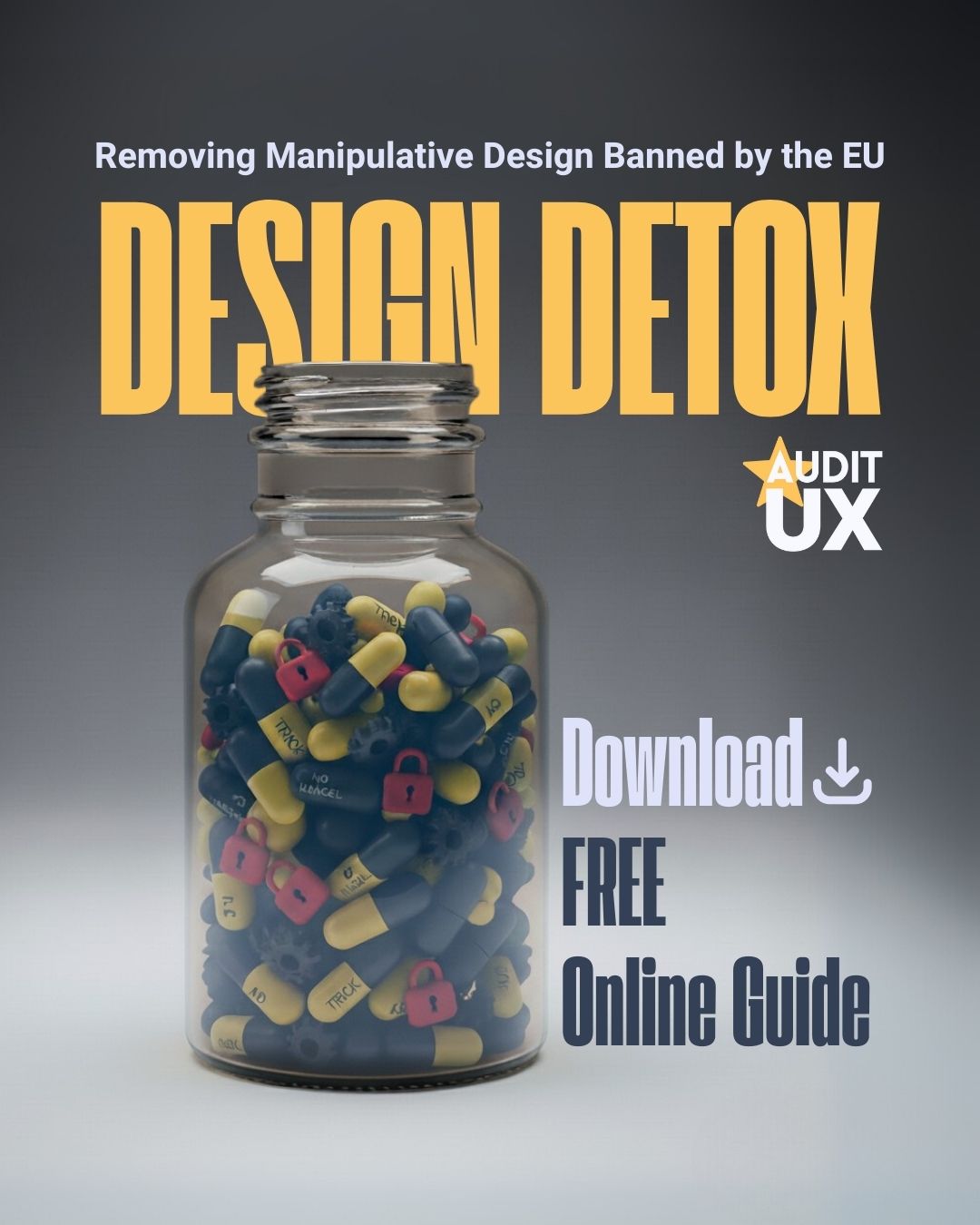If you’re working on a product for enterprise users, here’s what you need to keep in mind:
1. Simplicity is not the goal — clarity is.
In enterprise systems, simplicity is often confused with minimalism. However, the real goal is not to make the interface “simpler,” but to make it clearer.
Think about an inventory management system, which contains hundreds of filters and sorting options. The simplistic approach would be to start by removing less frequently used options or separating steps into distinct screens. But, as explained earlier, this approach can harm productivity, as users would need to navigate more and put in more effort to reach their goals.
Instead, the key is to increase clarity:
- Group options: Use logical groups of filters so users can quickly find what they need.
- Add clear instructions: Guide users along the way.
- Be intuitive: Use relevant icons and well-defined visual standards.
Clarity allows users to understand and use the system effectively, without reducing functionality.
2. Users will resist change — think small steps.
In enterprise environments, users prefer to stick with old systems, even if they are flawed. Why? Because they’ve learned to work with them and have built efficiency based on habits and pattern recognition. Any major change can break these patterns, leading to frustration and decreased productivity.
Example:
Most legacy CRM systems are slow and inefficient. Companies that implement drastic changes without a gradual transition often face massive resistance from users.
The solution? Small, incremental changes:
- Improve the search function: Allow users to find information more quickly.
- Clarify actions: Separate main actions from secondary ones to reduce confusion.
- Optimize forms: Better alignment and readability of fields can speed up processes.
These gradual changes allow users to adapt without major shocks and create a smooth transition to a better interface.
3. Atomic changes (UI) win the battles and, over time, the war.
Radical changes in UX are risky in complex environments. Instead, atomic changes — small improvements focused on specific components of the interface — produce faster and more sustainable benefits.
Practical example:
If you need to improve the experience of a financial reporting tool, don’t redesign the entire system at once. Start with:
- More readable tables: Add better spacing and format data for clarity.
- Better color contrast: For easier data visualization.
- Clearer navigation: Improve visual links between categories and controls.
These targeted improvements have a major impact on user productivity without disrupting their workflow.
How to apply these rules in your projects?
- Prioritize clarity: Think about users. How can you make the interface easier to understand and use?
- Make small changes: Test and implement gradual improvements.
- Focus on components: Adjust essential elements that most impact efficiency.
In enterprise design, success doesn’t come from creating a minimalist UI, but from designing clear, efficient interfaces that meet user needs. By keeping these three rules in mind — clarity over simplicity, small changes, and focusing on UI — you can create solutions that turn even the most complex systems into powerful and appreciated tools.




